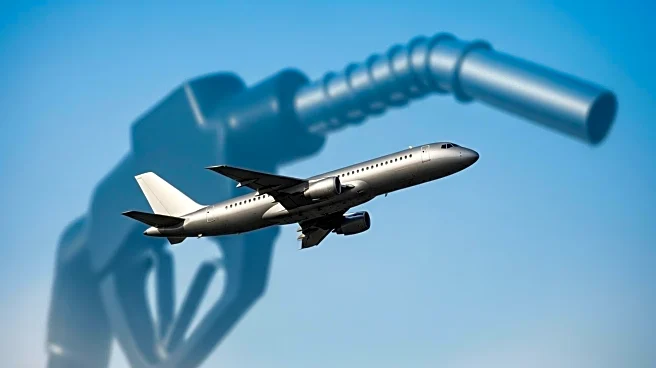What's Happening?
Aurrigo, a British company specializing in autonomous vehicles, is testing its self-driving ground vehicles at several international airports, including those in Amsterdam, Singapore, and Cincinnati. The company has developed the Auto-DollyTug, which can autonomously transport baggage containers directly to aircraft. The U.S. Federal Aviation Administration (FAA) has released guidance for integrating autonomous ground vehicle systems in airports, allowing their use in non-movement areas for testing. Aurrigo's CEO, David Keene, highlights the potential for these vehicles to transform airport operations by reducing carbon emissions and minimizing accidents.
Why It's Important?
The introduction of autonomous vehicles in airports represents a significant shift towards automation in the aviation industry. This technology could address labor shortages and improve efficiency in airport operations, particularly as passenger and cargo traffic surpass pre-pandemic levels. The move towards electrification and automation aligns with broader environmental goals, potentially reducing carbon emissions by up to 60%. However, regulatory challenges and technical issues, such as weather-related disruptions, remain hurdles to widespread adoption.
What's Next?
Aurrigo plans to continue testing its vehicles in collaboration with airport authorities and companies like Swissport. The FAA's openness to autonomous technology suggests a growing acceptance that could lead to commercial deployment by 2026. As airports explore these innovations, the focus will be on ensuring safety and reliability, particularly in adverse weather conditions. The success of these trials could pave the way for broader implementation of autonomous systems in airports worldwide.











